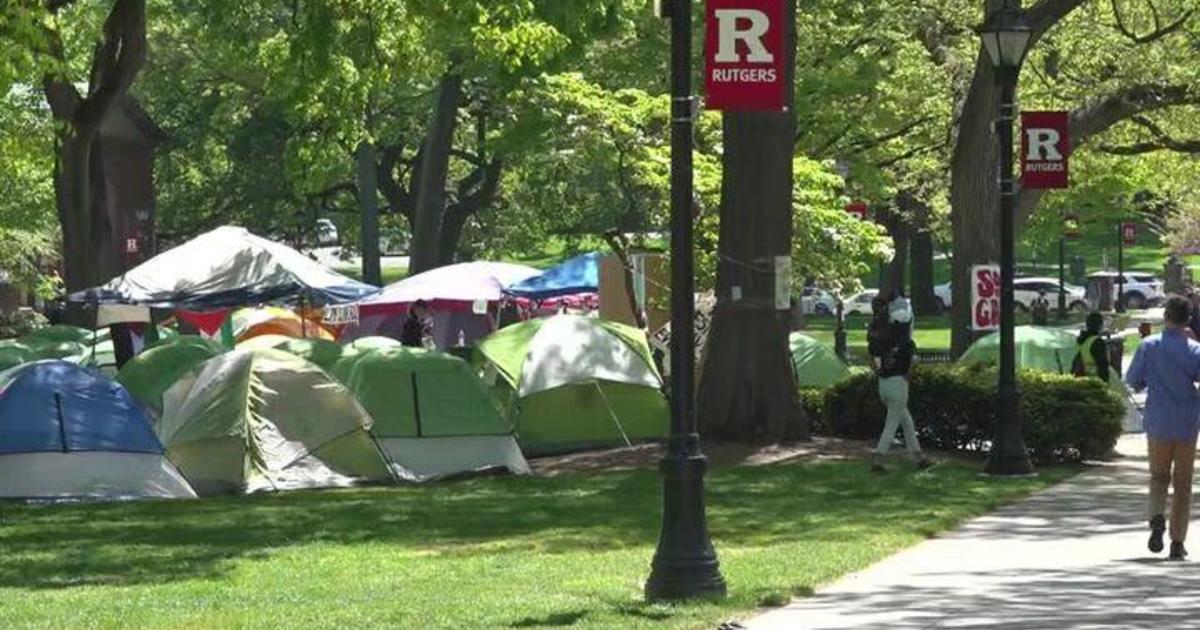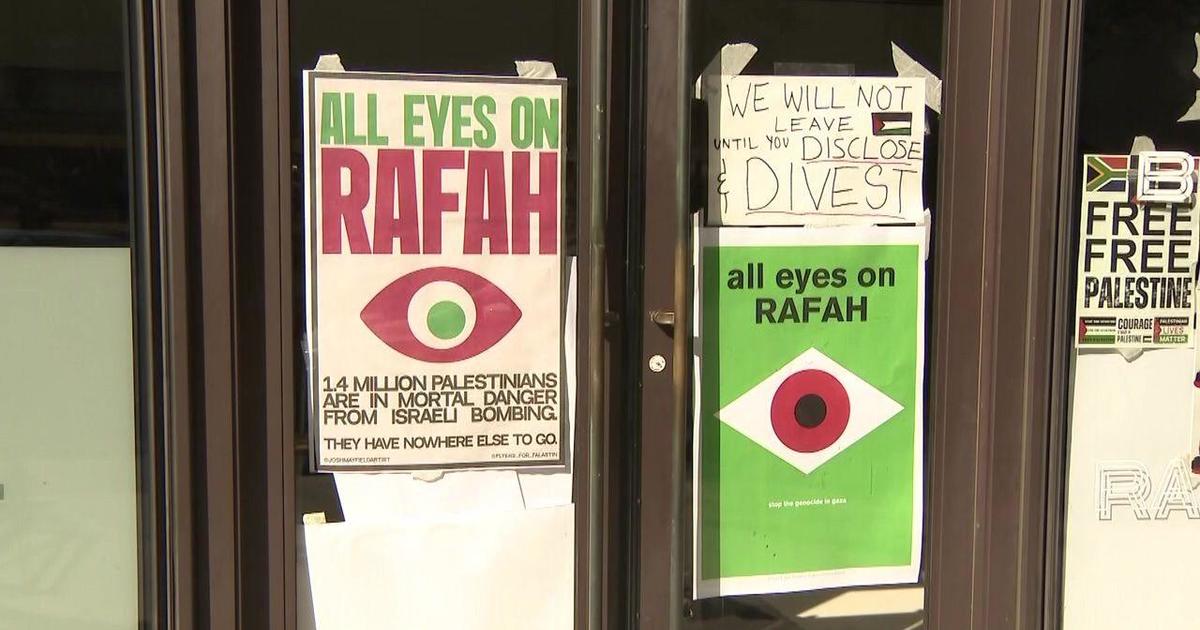CBS 2 HD Investigation: Hot Fuel
The summer driving season is in full swing and, as usual, drivers are finding temperatures aren't the only things soaring.
But despite paying higher prices at the pumps, you may also be surprised to find out you're getting a lot less gas in your tank.
CBS 2 HD recently investigated this issue of "hot fuel."
It's become a summer tradition: as the temperatures rise so do fuel prices. Many motorists say they've actually come to expect it.
"You don't have a choice," one told CBS 2 HD.
"You need gas, you got to buy it," another said.
But if that's not enough to get drivers steamed, consumer advocates say even though you're paying a premium at the pump you're getting less gas in your tank this time of year. But you'd never know it by looking at the gas gauge.
"We are talking perhaps 3 to 9 cents per gallon," said Robert Sinclair of AAA.
The reason -- gas in the tank is heating up and expanding causing what's known as "hot fuel."
What is hot fuel? Simply put, it's a matter of chemistry. Since fuel is a liquid, when its temperature increases, so does its volume.
An increase in volume means a decrease in what you're paying for. In fact, for every 15-degree rise in the fuel's temperature gasoline expands 1 percent. Therefore, consumers are paying for gas they aren't getting.
"It's just pennies per transaction maybe, but it amounts to more than a billion dollars a year in actual lost value for consumers," said oil watchdog Judy Dugan.
Gas is supposed to be sold at 60 degrees, but in a CBS 2 HD investigation we found that's not the case at many local gas stations.
With the help of Sinclair and AAA we randomly tested the temperature of gasoline in our area.
"This gasoline is at 91 degrees," Sinclair said. "None of the stations are selling gasoline at the right temperature."
Sinclair found the average temperature was at least 25 degrees higher than the 60 degrees it should be.
"We haven't found an ideal temperature yet," Sinclair said.
What's worse, consumer advocate Dugan says there's an easy fix to this problem.
"There are pumps they can buy that would adjust for temperature. In fact, they're used everywhere in Canada," Dugan said.
Consumers we spoke to had differing opinions.
"That's not fair, that's very bad," one said.
"If you're getting less 'cause it's hot weather, that's the breaks," another said.
Until they make a change, the only thing you can do is buy your gas early in the morning or late in the evening when it's a bit cooler outside.
The Petroleum Marketers Association of America told CBS 2 HD the solutions are cost prohibitive and New York consumers would see less of a benefit because on average they likely purchase gasoline that is below 60 degrees.
Still, legislation is pending that would require gas stations to adjust for higher temperatures.
To read more click here.



